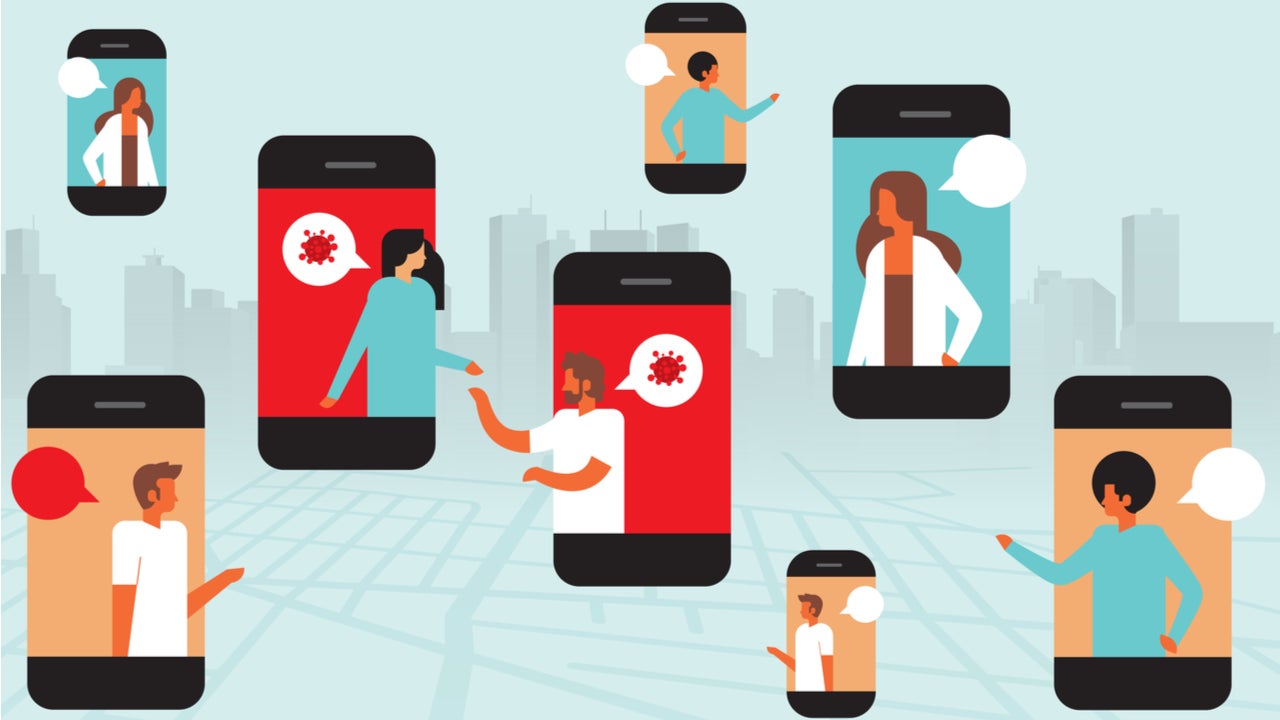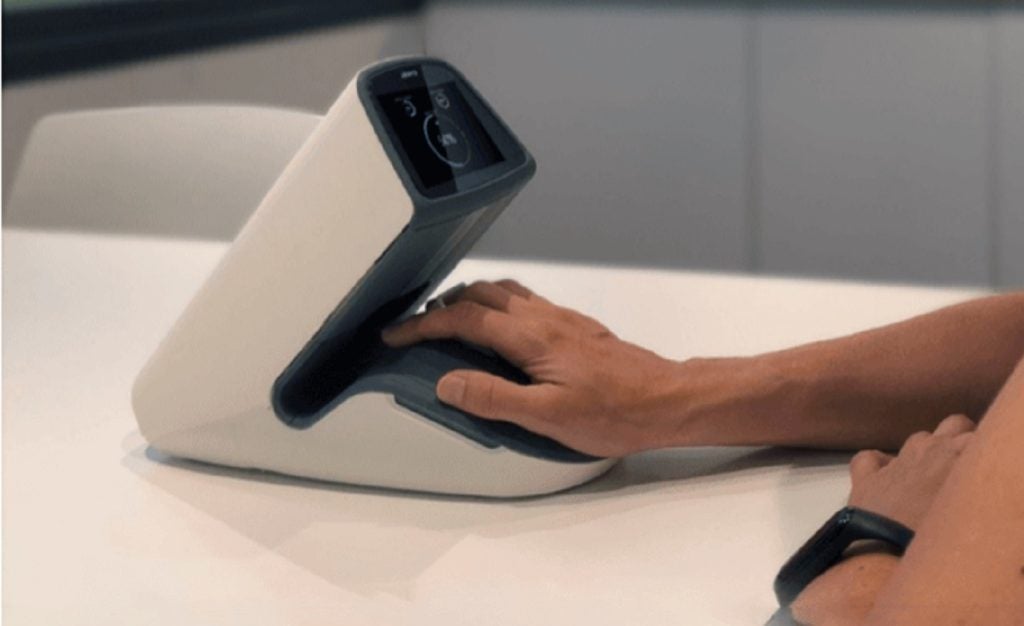
UK Contact-Tracing App Problems
More than 14 million people have downloaded the NHS COVID-19 app in England and Wales. North of Hadrian’s Wall, over one million people have downloaded the Protect Scotland app, and in Northern Ireland StopCOVID NI has been downloaded nearly half a million times. Rounding that all up neatly to a rough total of 16 million means that overall, around 24% of the UK population of 66.65 million can be presumed to be using one of the three contact-tracing technologies today.
However, when public health bodies world-over have said Covid-19 contact-tracing apps need to reach around a 60% adoption level among a given population to be effective, less than a quarter’s uptake doesn’t seem like nearly enough. While the 60% figure does appear to have arisen from some poorly-interpreted research, there are thought to be over 58 million smartphone users in the UK – far more than 60% of the population. So, why haven’t the apps been downloaded by more people?
“If the app is going to be a significant part of the solution it needs quite a high uptake,” says OpenUK CEO Amanda Brock. “To get that uptake you need awareness, you need trust and you need a level of transparency.”
Inaccessibility across mobile phone models
One of the main barriers to the wider use of these apps is backwards compatibility. It isn’t possible to run them on older devices, meaning one in five iPhones and 8% of Android smartphones currently in use in the UK are too old to install the software.
Any device running a version of iOS earlier than 13.5 or Android earlier than Marshmallow, the sixth iteration of the software, will lack the necessary software updates developed by Apple and Google to allow it to carry out Bluetooth ‘handshakes’ with other smartphones. These are used to register contact with another person. If two phones using the app are within two metres of each other for fifteen minutes or more, the app will consider the users to have been in close contact with one another.
These handshakes are carried out via Bluetooth Low Energy (BLE) 4 technology, which allows the app to run constantly in the background on the phone without draining the battery. Older handsets can’t run this technology, and therefore aren’t compatible with test and trace platforms.
How well do you really know your competitors?
Access the most comprehensive Company Profiles on the market, powered by GlobalData. Save hours of research. Gain competitive edge.

Thank you!
Your download email will arrive shortly
Not ready to buy yet? Download a free sample
We are confident about the unique quality of our Company Profiles. However, we want you to make the most beneficial decision for your business, so we offer a free sample that you can download by submitting the below form
By GlobalDataThe newest models of Huawei smartphones, launched from May 2019, also won’t be able to run the app.
The NHS has said that “the app uses Exposure Notifications, which is a technology that is created by Google and Apple.” Last May, the US banned several companies including Google from sharing technology with Huawei, meaning its newer phones won’t be able to access Google-developed services.
This all means that a significant number of smartphone users in the UK are locked out from digital test and trace altogether.
A knock-on effect
The launch of the apps also appears to have made it harder for users of incompatible mobile phone models to register their personal details with public venues they visit for manual test and trace services.
Most hospitality venues in England and Wales were previously running QR code-based systems to collect customer details, which every user of a smartphone with QR scanning functionality was able to use. Customers would scan these codes and input their names and mobile phone numbers, so that if a positive case of Covid-19 was traced to the venue they could be informed by human track and trace workers.
Many of these venues have replaced the old QR codes with a new set, designed to be scanned exclusively through the contact-tracing apps. These QR codes lack the personal data registering functionality of the old system.
“The NHS COVID-19 app is the only way to scan official NHS QR code posters,” a Department of Health and Social Care (DHSC) spokesperson said. “Businesses and venues in England which are mandated to display a QR code poster will also need to offer an alternative customer log for non-app users.”
But while these businesses need to offer an alternative log for those who aren’t using the app, the reality is that this doesn’t always happen. In some venues, the old QR codes appear to have been disposed of entirely, meaning unless you’re using a test and trace app you won’t be able to digitally check-in.
iPhone 6 user Victoria says: “I went to a pub last weekend, for the first time since they had the new QR codes set up, and was unable to scan the image. They seemed to have gotten rid of the old QR code and didn’t provide an alternative way to register my details.
“However, I went to a restaurant recently where they had the new QR code and the old QR code we were using before the app. They were also taking your details manually if you didn’t have a phone that could take a picture.”
Incorrect alerts and incompatiability
If these factors weren’t enough to dull confidence in the contact-tracing apps, recent news reports found that some users of the NHS COVID-19 app have received false notifications.
Some people who downloaded the app received notifications telling them that someone they’d been near reported having Covid-19, but found no information explaining whether they should self-isolate when clicking on the message. The notification should have produced a message inside the app about self-isolation.
The Department of Health and Social Care informed Sky News that the notification was a “default message” sent by Google and Apple, and should be ignored. What’s more, the NHS COVID-19 app was also briefly unable to log the results of tests carried out in Public Health England labs, NHS hospitals or as part of surveillance testing carried out by the Office for National Statistics. The oversight has now been corrected, and there was never an issue with test results from Public Health Wales labs, but confidence in the technology has been further corroded by this incident.
A final failing of the UK’s contact-tracing apps is that they are not cross-compatible. Plenty of people regularly cross the border between England and Scotland, but NHS COVID-19 and Protect Scotland do not work in conjunction with one another.
Positive test results from one nation cannot be entered into the other nation’s app, and alerts can only be received from one app at a time.
A DHSC spokesperson says: “We are working closely with the Scottish Government officials to develop interoperability between our apps, allowing contacts between citizens to be reliably identified. This will be of particular importance to citizens who frequently travel between England and Scotland.”







